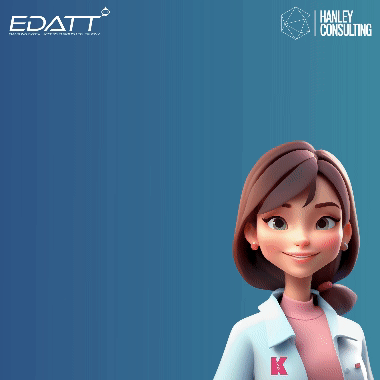A multidisciplinary team is giving safer, more efficient care to vulnerable patients in an Ayrshire hospital, with the help of two-way record sharing via EMIS Health.
More than 50 staff – including doctors, nurses and allied health professionals such as physiotherapists – have switched from paper records to the EMIS Web clinical system on the intermediate care ward at Woodland View hospital.
It has helped transform patient care on the ward, and connected hospital and community staff, who can securely view each other’s records. Moving from paper to electronic records enabled staff to ‘revolutionise’ the model of care. Just six months down the line, they have reduced the average length of stay by 12 days and cared for 30% more patients.
The aim of the ward, which treats up to 300 frail patients, is to support earlier discharge, while freeing up acute beds for those who need them. It currently admits hospital patients who need further care before going home, and this year will also take people in the community who need non-acute care outside the home.
Dr Colin Jamieson was on the team of GPs providing medical cover when the ward first opened. He said: “Moving from paper to electronic records on the ward was a real eye-opener. The process of arranging referrals and transfers of patients is a lot more streamlined, and EMIS Web has helped improve care on the ward.
“Giving everyone equal read-and-write access to the record has led to a democracy of decision-making that has been good for patients and staff alike. It has also freed our advanced nurse practitioners to do their job instead of spending hours on paperwork.”
“The EMIS Web patient record is filterable, enabling us to have specific information at our fingertips. Having a robust system that enables us to put everything about the patient in one place has made a huge difference.”
Charge nurse Ailsa McCallum said: “EMIS Web is a vital cog in the wheel here. It has revolutionised care. Any member of the team can add their notes to the electronic record, and everybody in the team can see them. Nursing assistants, who are the backbone of the ward, are contributing to the records for the first time.
“We can also see the community team’s records, and they can see ours. It means we can cut down on duplication of care and, for example, arrange social care assessments in a more timely fashion. Because you can see real-time information in one place, care is safer. We can spot immediately if a patient’s condition is deteriorating. We are also saving time, as there is no more trawling through pages of paper records.”
Emma Scott, service manager for the ward said she was impressed by how easy EMIS Web was to use. “It is very intuitive. Some members of staff had never used a computer before, and learning to use the system has had a big impact on them personally. Contributing to the e-record has given them a real sense of value on the team. During rollout, EMIS training staff were on hand on the ward or on the phone and happy to answer all our questions as we learned about the system.”
Elaine Bell, Scottish vice chair of EMIS Health’s Healthcare User Group said: “This is an excellent example of the dedication of staff that have moved from paper records to embrace the new technology, and their commitment to making it work. Tayside, Greater Glasgow & Clyde and Ayrshire & Arran health boards continue to implement EMIS Health technology in community settings. We look forward to working with EMIS Health to develop the technology further to support staff in new ways of working.”
The next step on the ward will be secure record sharing with 18 local GP practices – subject to robust data sharing agreements – which will allow them to see the patient’s complete medical history to enable even more informed care.




